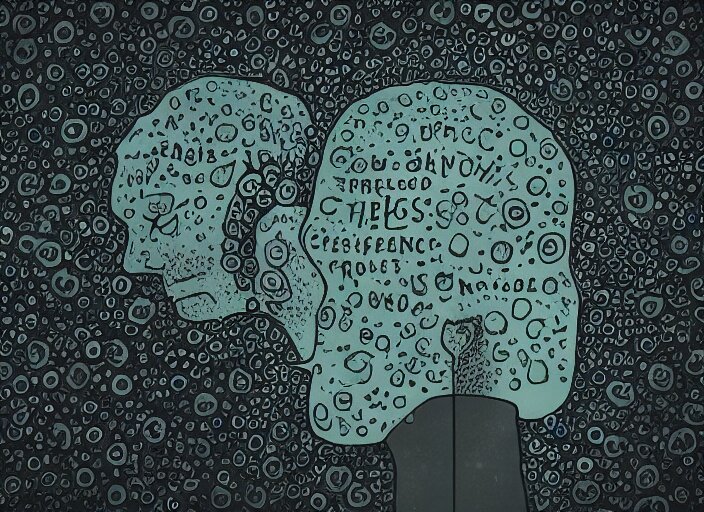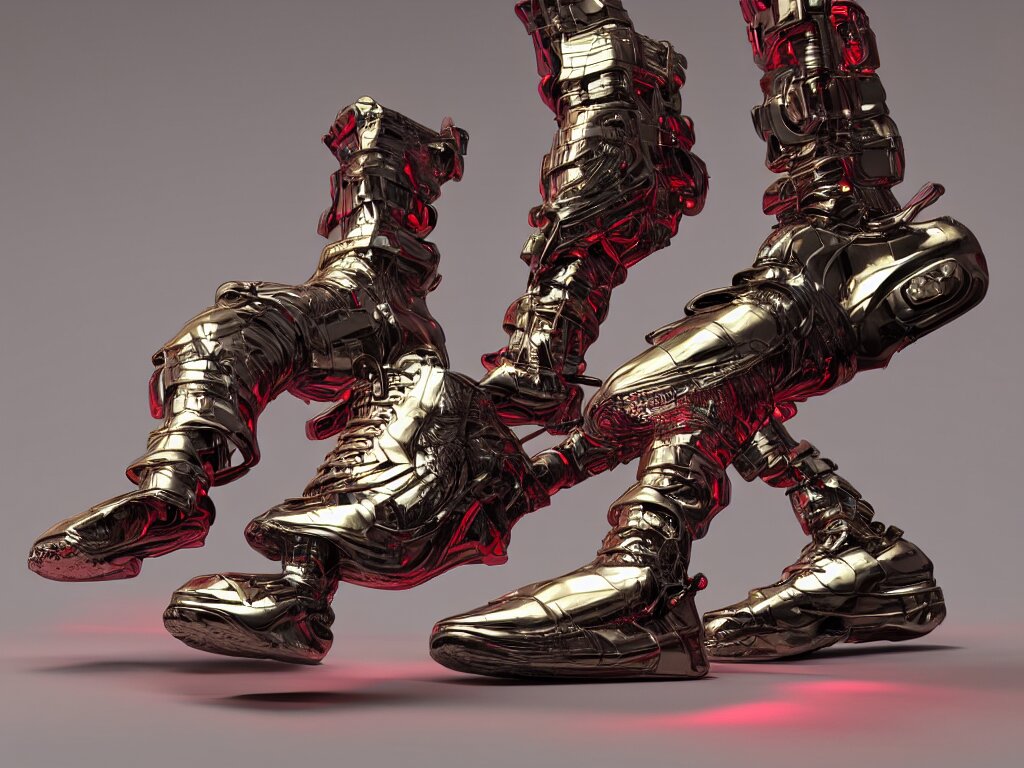---
aliases: []
---
#rationality #vicarious-learning #observational-learning #social-learning #classical-conditioning #mimicry #reinforcement #teaching #analogy #mental-model
Created at 050223
# [Anonymous feedback](https://www.admonymous.co/louis030195)
# [[Epistemic status]]
#shower-thought
Last modified date: 2023-02-05
Commit: 0
# Related
- [[Computing/Vicarious learning - UX]]
- [[Philosophy/Epistemology/Teaching]]
- [[Computing/Intelligence/Machine Learning/Self supervised reinforcement learning]]
- [[Philosophy/Humans/School]]
- [[Philosophy/Epistemology/Relying on authority is time-saving]]
# TODO
> [!TODO] TODO
# Vicarious learning
Vicariousness refers to qualities or scenarios wherein one experiences another person's life, through imaginative or sympathetic participation. There are various examples where this social phenomenon may be observed, such as stage parents who try to live out their dream career through their offspring. This type of behavior has been noted by some analysts as having negative consequences, including a parent trying to live out their accomplishments through their child even though the child seems uninterested. In these instances, it is a subset of possessiveness which has been most markedly observed at the spectator stands of children's sport games. On the other hand, there are some idioms in which vicariousness is viewed favorably, such as “put oneself in another’s shoes.”
Observational learning is learning that occurs through observing the behavior of others. It is a form of social learning which takes various forms, based on various processes. In humans, this form of learning does not need reinforcement to occur, but instead, requires a social model with surroundings. In animals, observational learning is often based on classical conditioning, in which an instinctive behavior is elicited by observing the behavior of another, but other processes may be involved as well.
An analogy of vicarious learning would be a child learning to tie their shoes by watching their parents. The child observes the actions of their parent and then mimics them in an effort to learn the skill. In this instance, vicarious learning is beneficial in that it allows the child to gain a skill without direct instruction or reinforcement. It is also beneficial in that it allows the child to learn from their parent’s behavior, rather than from a teacher or other source.

The quality of our thinking is proportional to the models in our head and their usefulness in the situation at hand. The more models you have—the bigger your toolbox—the more likely you are to have the right models to see reality. It turns out that when it comes to improving your ability to make decisions variety matters.

You’ve got to have models in your head. And you’ve got to array your experience both vicarious and direct on this latticework of models. You may have noticed students who just try to remember and pound back what is remembered. Well, they fail in school and in life. You’ve got to hang experience on a latticework of models in your head.

An analogy of latticework of models would be a carpenter who must assemble a complicated structure out of many pieces. The carpenter must have a mental picture of how the pieces fit together, and what the finished structure looks like, in order to effectively assemble the parts. In the same way, a person must have a strong mental model of how the pieces of a problem fit together, in order to effectively solve the problem. Without this mental model, the person is likely to get confused and make mistakes.

## In [[Computing/Intelligence/Machine Learning/Machine Learning|machines]]
The idea of vicarious learning in machines is called [[Self supervised learning]] or sometimes [[Unsupervised learning]], the former being a more modern and slightly different version.
In the example of the children learning to tie their shoes, imagine an humanoid machine, the machine using self-supervised learning will try different ways of tying the shoe and will look at humans' laces, if they appear to be tied the same way as its own, and adjust its laces until they look like the humans'.

If the machine were using unsupervised learning, it would simply try different things and magically succeed in tying the shoes in some way...
## Further reading
https://fs.blog/art-of-prudence/